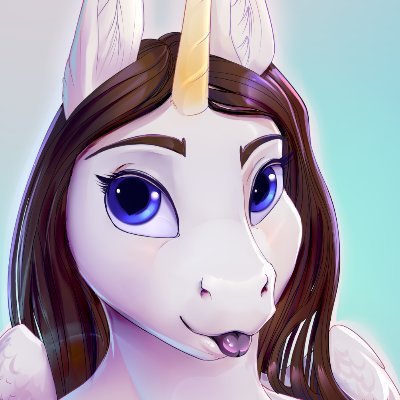 Hello again!
Hello again! I hope all of you find this guide useful.
I hope all of you find this guide useful.I already made the last guide on shading techniques but I didn't really go over what a shadow is, which led me to make several increasingly large comments to sub members explaining shadows. This is a compendium of that shadow knowledge.
- The first and most important lesson is that to shade a shape you do not start with light on one side working with lines parallel to the outline of the shape towards gradual darkness. This is a 2-d approach to shading. Your light source is in front of the character as well as to the side and to the left of.
- Draw an arrow to simulate the direction that light is coming from. This helps you keep the light source consistent, so the shadows fit together. You may need several arrows, as the light source is 3-d. It can be coming from above, a bit to the left and from in front of the character.
- When shading remember that shadows have depth. They are lightest toward their edge and get darker and darker as you go opposite the light. This is not darker and darker as you get closer to the edge, see reflected light coming later.
- Having a shadow within a shadow pushes things back further in the minds eye. A light shadow may indeed cover the back legs entirely, to really push them back in space and then add a secondary layer for dark places within the dark legs and a third layer to indicate roundness and a fourth for cast shadows.
- Black draws a lot of attention, but also provides a nice grounding effect. You can use a dark shadow for cast shadows. Cast shadows are the little slivers of shadow that signal that one shape is on top of another. They are especially useful for hooves as they touch the ground or overlapping shapes like the jawline or crossed hooves.
- As the back of a pony in 3/4 view recedes with just a light initial layer covering its whole back side whole back, So does the front and/or top of a pony come forward by having little to no shadow at all.
 Don't stop reading yet, there's more to learn!
Don't stop reading yet, there's more to learn!
The point here is that no two shapes, limbs or areas usually ever have the same type and line of shadow. Vary things up, play with it. Again, your light source is in 3-d. It could be more in behind to the right and above the pony and each of these three things need to be considered. A whole leg may be its lightest with a shadow color you used for a more forward part. Each part of a pony is different in space even as they are the same shape. - If your goal is to go without outlines for the most part then using the previous bullet is the easiest way to differentiate each part from another. The body parts in combination with the light source cast shadows onto one another, making it so that you can initially draw each limb/joint/body part in a different kind of shadow to really separate them with a hard edge, then refine the shadows from there. Keep in mind that each shape must look like it belongs, but also keeping the balance and making them all look different.
- Shadows wrap around a shape. There are but a few hard edges in the MLP pony shape. As the shadow wraps around it will get darker as it goes towards the opposite of the light source, but wait! The darkest dark isn't at the edge! How come? That is because of...
- Reflected light. This is the light that hits the ground and reflects back up, cleaning up the edges in a way that isn't the same as a highlight. For it is a light within a shadow, unique all on its own. The easiest way people understand this in artwork is to make it a very light shadow with a hard edge right next to the darkest part for the shadow.
- Highlights. Highlights rarely ever attach to the edge of a shape. Highlights are not parallel to the outline often at all. It can happen If the light source is more behind the character, but your shadows and highlights are there to describe the shape, which a parallel line does not do. This is because we are used to TV lighting which comes from the front of the figure. Usually these are blob shaped, but play around, see what you like. Harsh highlights are indeed found in the nighttime, because of the moon. But also in the night there is more ambient large highlight shapes from the stars all over.
As always I encourage discussion, contradictions and questions.
 Guide?
Guide? Check.
Check. Bullet points?
Bullet points? Check
Check Got everything covered?
Got everything covered? No? What!
No? What! Sorry... I do what I can.
Sorry... I do what I can.test
